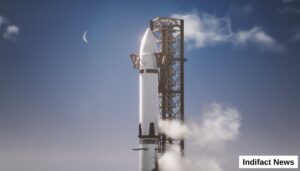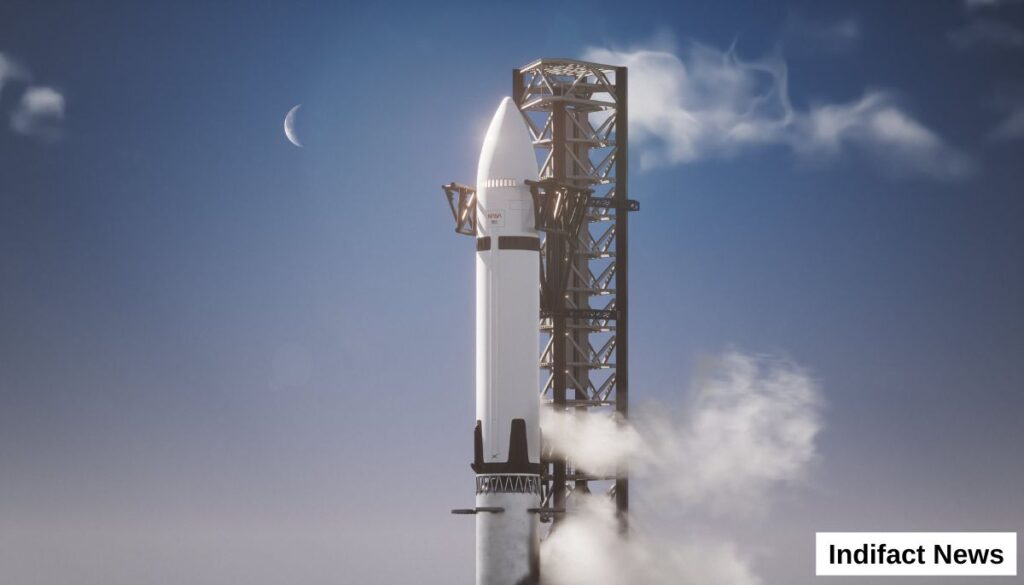
SpaceX Starship HLS Artemis
Why, five decades after the final footprints of Apollo 17 faded from the lunar dust in December 1972, are we still discussing the anticipated date for humanity’s next footsteps on the Moon? We had hoped for a rapid return, perhaps as early as 2025. That timeline, however, has proven to be as fragile as a thin sheet of glass. The mission carrying the weight of history Artemis III, the first crewed landing of the modern era is now officially expected no earlier than mid-2027.
This delay is not merely a minor bureaucratic setback; it represents a fundamental re-evaluation of the technical complexity inherent in launching a new era of deep space exploration. The central tension lies in the revolutionary promise of the SpaceX Starship HLS Artemis Human Landing System (HLS), a reusable, 15-story-tall Moon base that offers unmatched payload capacity. But can this sheer ambition overcome the enormous technical and bureaucratic readiness hurdles required to ensure human safety?
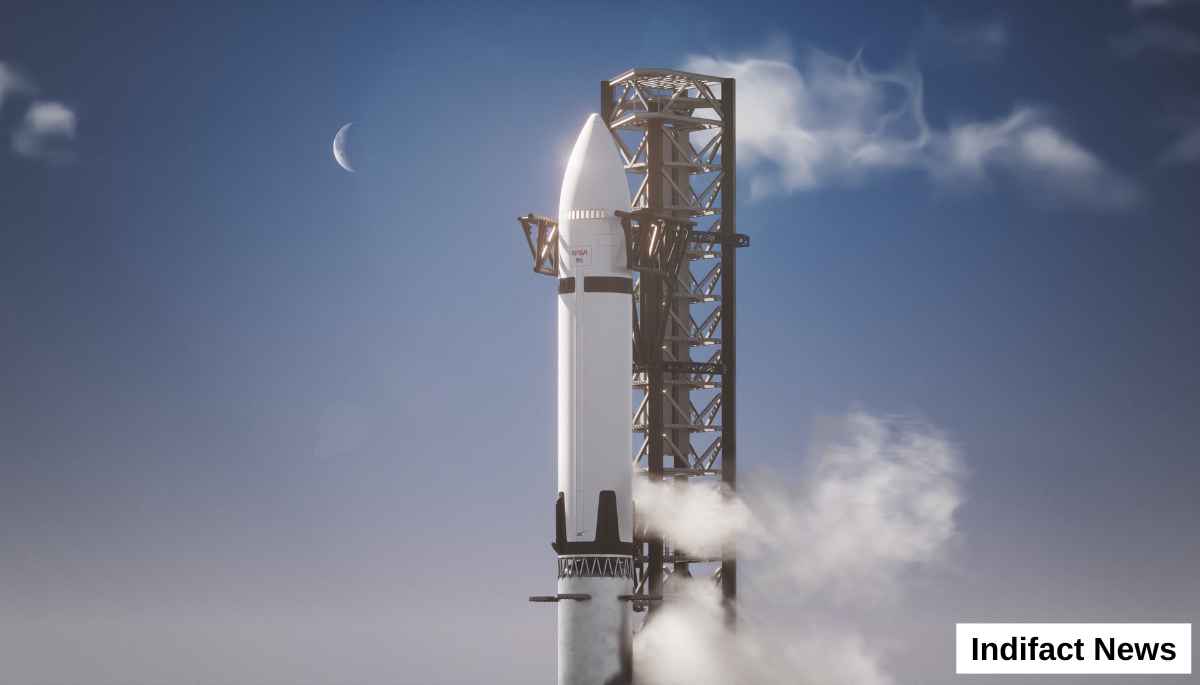
The SpaceX Starship HLS Artemis path to mid-2027 involves addressing issues across the entire Artemis architecture. Data shows that the delay is not a single-point failure attributable only to Starship HLS development. NASA’s crew capsule, Orion, is also contending with significant technical challenges, including problems with its heat shield and crucial valve issues in the spacecraft’s life support system. When an established, traditional program like Orion, built upon decades of NASA experience, struggles with such foundational safety elements, the technical and safety demands placed on the entirely novel Starship HLS system become exponentially higher. This revelation highlights a systemic programmatic risk contagion, where delays in one key component have ripple effects across the whole mission schedule.
This schedule pressure has led NASA officials to internally evaluate alternative mission options. If the Starship HLS is unable to achieve the necessary safety certifications and operational readiness by the revised date, NASA may sacrifice the core goal of the mission boots on the ground to maintain its operational tempo. These alternatives include flying Artemis III without a crewed landing, perhaps substituting it with a crewed visit to the Lunar Gateway platform or simply conducting a docking test between Orion and Starship HLS in Low Earth Orbit. This strategy demonstrates NASA’s need to maintain the flight cadence for its Space Launch System (SLS) rocket and Orion capsule, prioritizing political and fiscal momentum over the full symbolic weight of “returning to the Moon,” should the development risk of the HLS system prove too high.
Starship HLS: The Colossus Changing Lunar Physics
The SpaceX Starship HLS Artemis Human Landing System (HLS) is not merely an updated version of the Apollo Lunar Module (LM); it represents a paradigm shift in how humanity approaches off-world habitation. Whereas the Apollo LM was designed for survival and a brief, tactical sortie, the Starship HLS is engineered for sustainable settlement.
The Anatomy of a Skyscraper on the Moon
The SpaceX Starship HLS Artemis physical dimensions of the HLS are staggering. The lander stands approximately 52.3 meters (172 feet) tall, equating roughly to the height of a 15-story building. This gigantic stature is matched by its capacity: it boasts an enormous internal volume of 614 cubic meters (21,700 cubic feet) and is rated to deliver an astonishing 100,000 kilograms (220,000 pounds) of payload directly to the lunar surface. This cargo capacity is, by all accounts, unmatched by any proposed competing system.
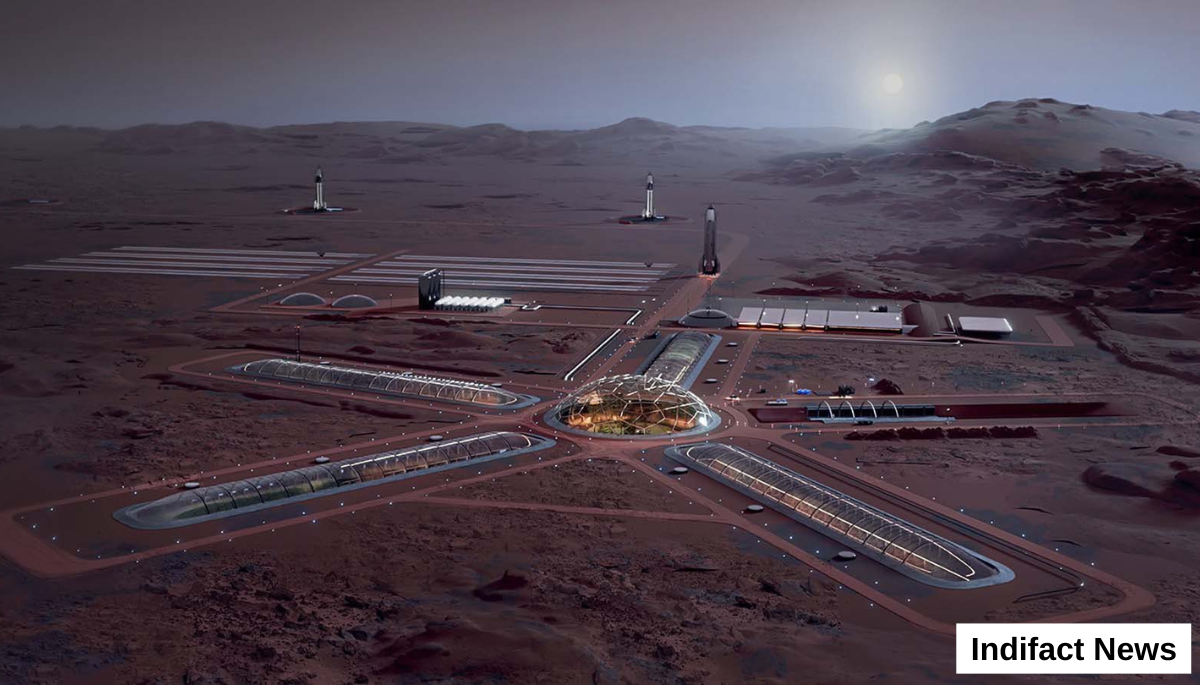
The immediate implication of this scale is a fundamental change in mission planning. Apollo missions focused on small scientific sorties; Starship enables the establishment of long-term infrastructure and habitats. This system is less a lander and more a foundation-laying cargo vessel that also happens to carry the crew.
For the Artemis III mission, the HLS is slated to carry two astronauts for a planned stay of approximately seven days, including at least five Extravehicular Activities (EVAs). For the subsequent Artemis IV mission, the crew capacity increases to four.
One crucial architectural challenge arising directly from the vehicle’s height is crew access. Since the lander’s habitat deck sits fifty meters above the ground, an internal elevator system is required to safely transport crew and cargo between the pressurized environment and the lunar surface. While visually impressive, this elevator system introduces significant engineering and safety complexity. It is a vital mechanical system that must operate flawlessly in lunar gravity and resist the corrosive, abrasive lunar dust, all while transferring astronauts in bulky pressurized suits adding yet another critical layer to the human-rating certification process.
The Mission Profile: From LEO to NRHO
The SpaceX Starship HLS Artemis mission profile is complex, requiring a series of orbital ballet maneuvers unlike anything attempted before. The HLS vehicle is launched into Earth orbit by the Starship launch vehicle and its Super Heavy booster. The propulsion system uses methane (CH_4) and liquid oxygen (LOX) and is powered by a combination of three sea-level Raptor engines, three Raptor vacuum engines, and specialized Reaction Control System (RCS) thrusters.
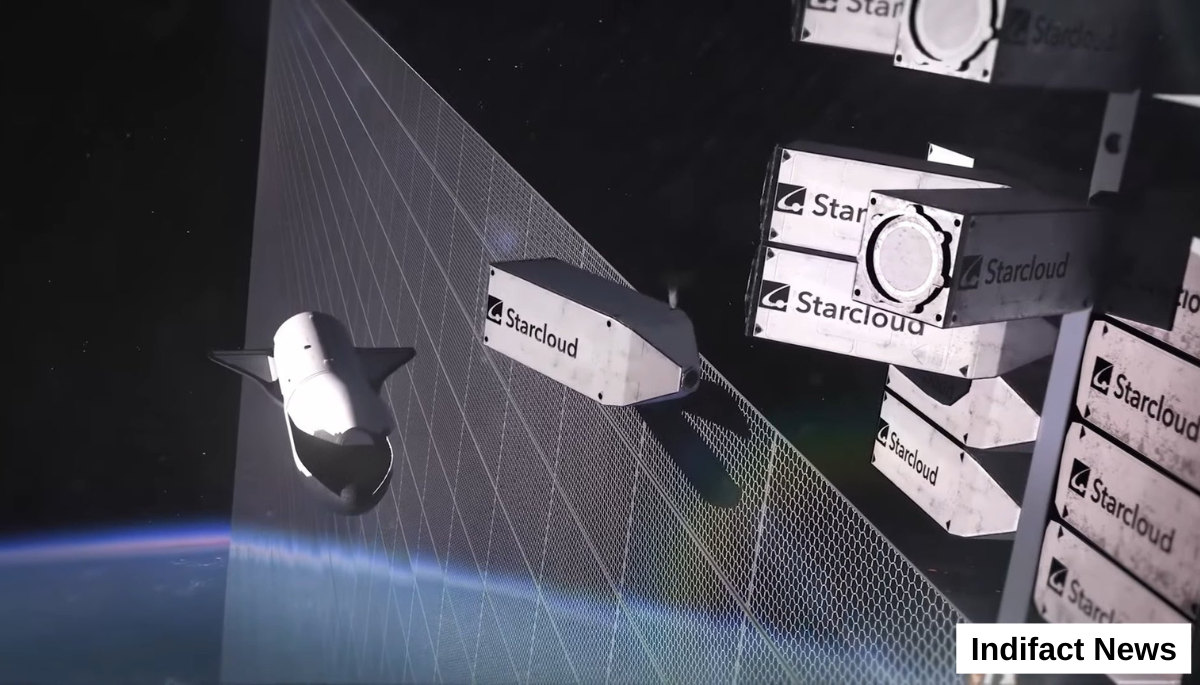
Once in Low Earth Orbit (LEO), the Starship HLS must undergo its most critical preparatory phase: in-orbit refueling (IOR). Only after being fully fueled by multiple Starship tanker spacecraft can the HLS boost itself into its final staging position: a Lunar Near-Rectilinear Halo Orbit (NRHO).
In SpaceX Starship HLS Artemis the NRHO, the HLS awaits the arrival of the crewed Orion spacecraft, which will be launched separately from Earth by NASA’s Space Launch System (SLS) rocket. The crew of two transfers from Orion to the HLS, which then descends to the Moon’s South Polar region the target site for Artemis science objectives. After the seven-day surface mission, the HLS returns the crew to Orion in the NRHO for their final journey home.
The Cryogenic Crucible: Why In-Orbit Refueling is the Linchpin
If the SpaceX Starship HLS Artemis is the key to returning to the Moon, then In-Orbit Refueling (IOR) is the key to Starship HLS. This process is the single most critical, yet unproven, technology required for Artemis III success, and it is the element around which the revised mid-2027 schedule must revolve.
The Physics of Necessity: Escaping Earth’s Gravity Well
The SpaceX Starship HLS Artemis system, when combined with its Super Heavy booster, uses an enormous quantity of liquid methane and liquid oxygen propellant roughly 4,500 metric tons simply to achieve orbit. The profound gravitational pull of Earth dictates that most of this fuel is expended merely breaking free. To successfully cover the rest of the 400,000-kilometer journey to the Moon, the Starship HLS must be fully topped off in space.
SpaceX Starship HLS Artemis’s solution is the “Space Gas Station” concept. The plan calls for launching several dedicated Starship tanker variants into LEO. These tankers create a fueling depot that docks with the Starship HLS vehicle, transferring the massive quantities of cryogenic propellant needed for the lunar journey.
The Technical Hurdles and the 2026 Mandate
The SpaceX Starship HLS Artemis IOR demonstration, a non-negotiable prerequisite for the crewed mission, was originally anticipated to take place earlier but is now expected in 2026. If this 2026 demonstration slips, the uncrewed lunar test flight planned to precede Artemis III will be pushed out significantly, immediately jeopardizing the mid-2027 date. Therefore, the success or failure of Artemis III is entirely dependent on mastering this new engineering challenge.
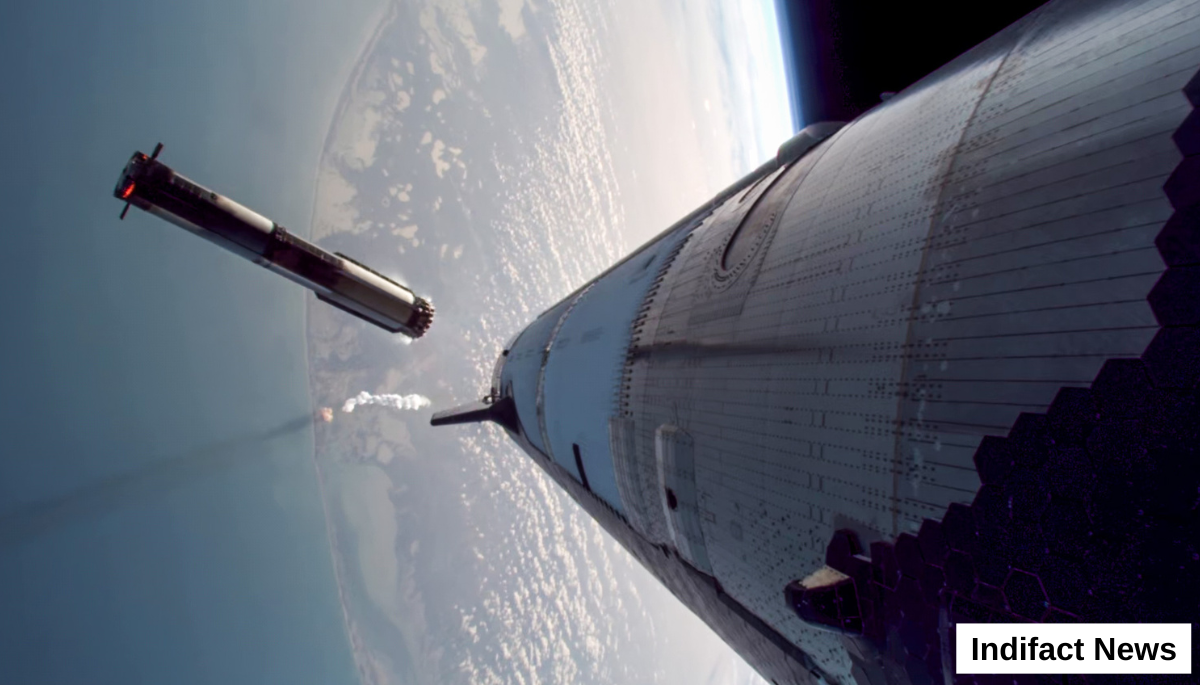
The challenge lies in managing highly volatile, super-cold (cryogenic) liquid methane and oxygen in the zero-gravity environment of LEO. Transferring these fluids requires novel methods to settle, measure, and manage the liquids in space, a technological feat that is far more complex than the already-proven launch and ascent phases.
Despite the complexity, SpaceX Starship HLS Artemis hardware progress is visible. Recent test articles, such as the Starship 39 nose cone, have rolled out featuring new docking hardware specifically designed for orbital refueling ports, indicating a tangible step forward toward this capability. To support the required pace of testing and deployment for IOR in 2026, SpaceX is simultaneously ramping up flight rates and constructing necessary ground infrastructure, including new launch towers and the new GigaBay facility.
Safety in Volatility: Mitigating LOX/Methane Risks
The SpaceX Starship HLS Artemis choice of methane and liquid oxygen as propellants, while advantageous for long-term deep space missions (as methane can be potentially synthesized on Mars, enabling reusability), introduces unique risks that must be addressed for human rating. The propellant system must be perfected not only for efficiency in transfer but for absolute safety margins when operating near a human crew.
SpaceX Starship HLS Artemis has been actively working with NASA and other government stakeholders, including the FAA and Space Force, conducting extensive research to assess the explosive yield of LOX/Methane rockets. This includes comprehensive testing at their Rocket Development Facility and utilizing real-world data gathered from experimental flight campaigns and even ground test failures.
These efforts demonstrate that the human rating demands not just technical success in propellant transfer but absolute confidence in the safety parameters of this high-energy propellant system. This focus on flammable materials risk mitigation is also evident in the engineering changes being implemented on upcoming vehicles, such as the transition from a hydraulic steering system for the Raptor engines to an entirely electric system, which removes potential sources of flammability and increases reliability. Every major design change, however, requires a new set of tests and re-certification cycles, reinforcing why the volume of remaining technical work is substantial.
The Human-Rating Gauntlet: Certification and Flight Test Progress
The SpaceX Starship HLS Artemis path toward Artemis III requires translating remarkable feats of engineering capability, demonstrated during Starship’s iterative flight tests, into verifiable, certifiable, and ultimately safe systems for human life.
Iterative Testing and Recent Triumphs
SpaceX Starship HLS Artemis’s strategy involves rapid iteration and learning through flight. The company successfully executed its eleventh integrated flight test (IFT 11) in October 2025, marking the final flight of the Version 2 Starship design. This flight achieved every major objective, providing critical data for the forthcoming Version 3 vehicles.
Key milestones achieved in IFT 11 included the successful hot-staging maneuver, the Super Heavy booster’s controlled descent, and a unique 13-engine high-thrust landing burn leading to a successful splashdown. Critically for deep space exploration, the Starship upper stage successfully executed the third in-space relight of a Raptor engine, a necessary capability for lunar maneuvering and Earth deorbit burns. Furthermore, the spacecraft performed aggressive reentry tests, including a “dynamic banking maneuver” to simulate a controlled approach to a landing tower, and intentionally stressed its heat shield to gather extensive performance data.
These flight tests are instrumental in refining the design. The next Starship to fly will be Version 3 , incorporating lessons learned from earlier flights, such as improvements to leak reduction and fire protection, alongside the integration of the new, more reliable electric steering system for the Raptor engines.
The Unfinished Business of Certification
Despite the rapid strides in capability demonstration, a profound chasm remains between technical success and formal Human-Rating Certification. The Government Accountability Office (GAO) has noted that SpaceX Starship HLS Artemis is facing “multiple issues that limit this progress” and still has a “large volume of remaining technical work” to complete.
NASA policy mandates a formal, integrated Human-Rating Certification for any crewed space system. This certification is required to rigorously control hazards, manage the safety risks associated with human spaceflight, and, most importantly, safely recover the crew in case of an anomaly.
This regulatory necessity explains the inherent friction between the two entities. SpaceX Starship HLS Artemis’s model is predicated on rapid development and learning through failure; NASA’s regulatory role requires documented proof of exhaustive redundancy and safety margins before human lives can be risked. Successful engine relights or splashdowns are demonstrations of capability, but they do not automatically equate to certified redundancy for life support, radiation shielding, or emergency abort systems within the colossal Starship structure. The ambitious schedule reflects this fundamental philosophical tension: technical capability must seamlessly translate into certified safety, and this translation is proving to be the primary driver of the Artemis III delay.
The Competitive Landscape and NASA’s Risk Management Strategy
Recognizing the SpaceX Starship HLS Artemis inherent risk in developing such radically new technology, NASA adopted a strategy of multiple Human Landing System providers through its Sustaining Lunar Development (SLD) process. This approach is designed to increase competition, reduce costs to taxpayers, support a regular cadence of lunar landings, and crucially, mitigate the risk associated with any single contractor.
The Dual-Provider Necessity
SpaceX Starship HLS Artemis currently holds the contract for the initial crewed landings, Artemis III and Artemis IV, utilizing the towering Starship HLS. However, the critical nature of guaranteed access to the Moon means that NASA has contracted with a second provider, Blue Origin, led by Jeff Bezos, to develop the Blue Moon Mark 2 (Mk2) lander for the Artemis V mission. Blue Origin stands to earn up to $3.4 billion upon meeting all contract milestones.
The design philosophies of the two systems are vastly different. Starship HLS prioritizes massive scale and full reusability (50m tall). Blue Moon Mk2 is a more conventionally sized system, standing 15.3 meters tall. Both systems, however, share the fundamental necessity of in-orbit refueling for their lunar missions.
Contrasting Development Pathways
Recent reports have indicated that SpaceX Starship HLS Artemis is “behind” on its HLS development goals. Meanwhile, Blue Origin is rapidly advancing a parallel, less complex path. Blue Origin is attempting to send an uncrewed Blue Moon Mark 1 (Mk1) cargo lander to the Moon as soon as the end of this year. This Mk1 vehicle serves as a critical testbed for their BE-7 engines and landing systems, which are currently undergoing extensive hot fire tests.
This difference in approach validates NASA’s risk-mitigation strategy. Cargo landers (like Blue Moon Mk1) face significantly fewer safety and bureaucratic hurdles than crewed systems. Blue Origin is leveraging this cargo path to retire risk faster on key components, such as propulsion and landing accuracy, before requiring human rating.
In contrast, the entire Starship HLS architecture is inherently linked to the success of IOR, which must be fully demonstrated and certified before its own uncrewed lunar demonstration can launch post-2026. Therefore, Blue Origin’s successful, parallel progress, even on a smaller vehicle, provides NASA with a crucial competitive push and a vital safety net, guaranteeing that Artemis V can proceed even if Starship faces insurmountable, protracted delays in the certification of its unique and ambitious systems.
Conclusion: Sustaining the Presence—The Martian Horizon
The SpaceX Starship HLS Artemis planning for the SpaceX/NASA lunar lander program, centered on the Starship HLS, reveals a thrilling but precarious dance between unmatched ambition and regulatory rigor. We have seen the revolutionary scale of the 52-meter vehicle and its promise to fundamentally shift lunar exploration from brief visits to permanent settlement.
The SpaceX Starship HLS Artemis immediate timeline for Artemis III, delayed to NET mid-2027 , hinges on two pivotal, interlinked events in the near future: the successful demonstration of In-Orbit Refueling (IOR) in 2026, and the subsequent achievement of the formal Human-Rating Certification required to integrate the complex life support and safety systems onto the next-generation Version 3 Starship architecture. The struggle to achieve IOR mastering the ultra-cold physics of cryogenic fluid management in space remains the primary existential bottleneck for the entire mission.
Ultimately, Starship HLS is not just a lunar lander; it is the necessary precursor technology for sending humans beyond the Earth-Moon system to Mars. Every challenge overcome today from mitigating LOX/Methane flammability risks to certifying a building-sized structure for deep space is a foundational lesson for interplanetary travel. The reusable design and massive payload capacity of Starship are universally considered critical to making future space travel both profitable and sustainable.
The SpaceX Starship HLS Artemis question remains: Can a company known for aggressive speed and high-cadence development successfully integrate the exhaustive safety rigor of a governmental agency? This tension between rapid innovation and absolute guaranteed safety is as old as the space race itself. As the clock ticks toward the critical 2026 IOR demonstration, every launch, every test, and every safety review will determine not just the date of the next Moon landing, but the trajectory of humanity’s expansion into the cosmos.





